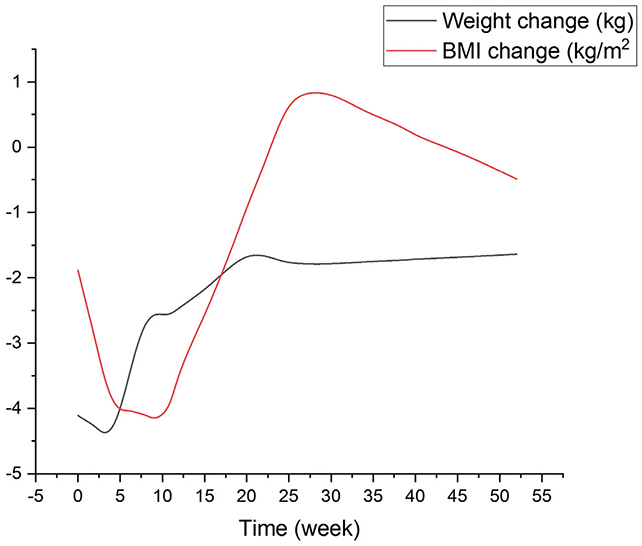WASHINGTON (AP) — Despite the surge in job creation in recent months, several large companies have announced significant layoffs. But how is it that both are happening concurrently? It’s not as contradictory as it may appear. Recent job cuts have been concentrated in specific sectors such as technology, finance, and media. Relative to the U.S. labor force of 160 million people, these layoffs have been overshadowed by consistently robust hiring, with an average of 248,000 jobs added each month over the past six months. The unemployment rate remains at 3.7%, just above a 50-year low.
It appears that many of the companies currently reducing their workforce had hired excessively during the pandemic, assuming that the trends that emerged then — particularly the surge in online shopping — would continue. As the economy has stabilized, these companies have realized that they no longer require as many employees and have responded with layoffs.
In January, American businesses and other employers added a significant 353,000 jobs — the largest monthly increase in a year. The government also revised its job gain estimates for November and December by a combined 126,000. This data provided compelling evidence that the majority of companies, regardless of size, are confident enough in the economy to continue hiring.
Some of the companies that have announced layoffs are well-known household names such as Google, Amazon, eBay, UPS, Spotify, and Facebook’s parent company Meta. Yet, these are not the only ones. Challenger, Gray & Christmas, a prominent outplacement firm, reported that businesses announced 82,000 layoffs in January, the second-highest for any January since 2009. Here are some reasons why these seemingly opposing trends are occurring:
JOB GAINS AND JOB CUTS OCCUR IN DIFFERENT INDUSTRIESIn most industries, businesses have continued to add workers over the past three months. For example, manufacturers added 56,000 jobs combined in November, December, and January. The hospitality and entertainment sector gained nearly 60,000 jobs during this time. Healthcare providers, including hospitals, doctors’ offices, and dentists, added an impressive 300,000 jobs. These are not solely low-paying positions: The professional and business services sector, which includes accountants, engineers, lawyers, and their support staff, has 120,000 more jobs than it did in October. Additionally, federal, state, and local governments, which regained their pre-pandemic employment levels in September, added almost 120,000 jobs during this period. In contrast, job cuts have been more concentrated. Although the Labor Department does not track technology jobs specifically, the latest jobs report indicated signs of struggle in the industry: The unemployment rate for workers in the “information” sector, which includes media and tech employees, increased to 5.5% in January from 3.9% a year ago. This is nearly 2 percentage points higher than the national unemployment rate.LAYOFFS DO NOT INDICATE ECONOMIC WEAKNESSMore perplexing is why companies would reduce their workforce if the economy is growing and consumers continue to spend. Last week, the government announced that the economy expanded at a healthy 3.3% annual pace in the October-December quarter following robust growth of 4.9% in the previous quarter.
Companies tend to lay off employees for various reasons, sometimes to reflect changes in their business strategy or to maintain or increase their profit margins. Many high-tech companies that aggressively hired in 2022, as the economy rebounded from the pandemic recession, misjudged the long-term demand for their products and services. According to Challenger, Gray & Christmas’ survey of job cuts, the leading reason companies cited for laying off workers last month was “restructuring.” A year earlier, it was “economic conditions,” noted economists at Renaissance Macro, indicating that companies had previously been more concerned about the state of the economy. Todd McKinnon, CEO of the software company Okta, stated in a message announcing the company’s plan to cut around 300 jobs that they had entered 2023 “with a growth plan based on the demand we experienced in the prior year.” “This led us to over-hire for the macroeconomic reality we’re in today,” he wrote.
THE LAYOFFS OCCUR OVER TIMEHigh-profile job cuts typically involve many layoffs that are not immediately implemented. For example, the delivery and logistics provider UPS announced earlier this week that it would cut 12,000 jobs this year. However, these reductions will take place over the course of several months. Therefore, they were not included in the January jobs data released on Friday because the layoffs had not yet occurred.IT’S A VERY LARGE ECONOMYThis does not necessarily mean that the government’s jobs figures will deteriorate over time as UPS and other companies’ reductions are implemented. Job cuts are deeply distressing and disruptive for those affected by them. However, even layoffs on the scale of UPS do not significantly impact the vast U.S. economy. Government data shows that approximately 5 million people leave their jobs or are laid off each month, while more than 5 million are hired. A variety of other data confirm that, overall, the job market is fundamentally healthy. The number of people seeking unemployment benefits, long regarded as an indicator of layoffs, remains at a very low level. Additionally, non-government data, including hiring tracked by the payroll provider ADP, shows that private-sector companies continue to add workers. ___This story has been corrected to reflect that the software company Okta said it would cut about 300 jobs, not about 400 jobs.





:max_bytes(150000):strip_icc()/KFheadshot-9fe00fcb29c24a589a05cb7dea9ca150.jpeg)






